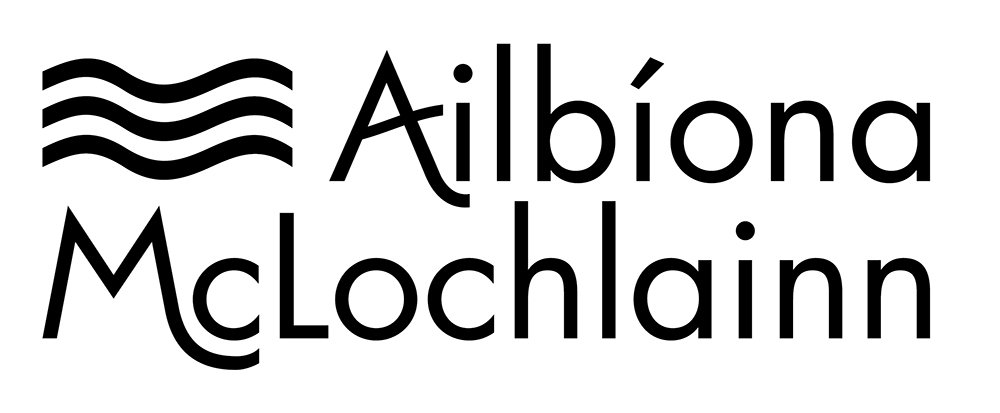Tank Top vs Sweater Vest
Q: What is the difference, if any, between a tank top and a sweater vest? In an earlier post you mentioned knitting your vest patterns in cotton yarn in order to wear them as summer tanks… But to my eye the new Guilloche Tank for example looks more like a tank top than does the Peninsular Vest. Is it just a matter of choosing wool vs cotton for the samples, or is there a structural difference?
This is a good question, and a fair question, and (of course) a complicated question. So I will tackle it in parts.
To begin with, I get the sense many are under the impression that there are ‘official’ definitions of the various stylistic terminology we use when classifying garments and accessories. That perhaps there is a manual, with technical illustrations, detailing what exactly is a tank top vs a vest, a t-shirt vs a short sleeve sweater, a cowl neck vs a funnel neck, a wrap vs a shawl, and so on.
However, this is simply not the case. Most of the terminology used to describe garments is quite fluid, colloquial, and informal, as well as language/ culture/ region dependent. There are no strict definitions. And there is a lot of overlap.
So really, it is up to the maker/ manufacturer/ marketing team (as applicable) to decide how to describe a garment.
When it comes to the question of tanks vs sweater vests specifically, here are my (informal) observations as an industry insider of sorts:
In a general sense, it is safe to say there is a consensus that:
(1) both tank tops and sweater vests are sleeveless garments, and
(2) loosely speaking a tank top is intended to be worn next to skin either on its own or as a baselayer, whereas a sweater vest is intended to be worn as an overgarment.
Historically, the term ‘tank top’ comes from the term ‘tank suit’ - referring to a bathing suit/ swimming costume. That is to say, a top that was meant to resemble in style and fit the top portion of a (1920s) swimsuit.
So overall, the association of a tank top is that with sporty/ beachy/ next to skin wear. There is also the implication that it should be quite form fitting.
On the other hand, a sweater vest is a sweater without sleeves, with all the sweateristic implications this entails.
In concrete terms, to me this implies that a tank top…
(1) should be made of a lighter and more hot-weather-appropriate fabric than a sweater vest,
(2) should be more form fitting than a sweater vest, and
(3) should be constructed with deeper cutouts around the neckline and armholes than a sweater vest
Going by points (1) and (2), it is very much possible to take almost any typical sweater vest pattern, and simply knit it in a cotton yarn and a size or two smaller than you would normally choose, in order to make it a tank top.
However, if point (3) is also important to you - and it might not be to everyone - than not all sweater vest patterns will fit the bill.
For example, the Guilloche Tank has quite deeply scooped-out armholes, with almost (but not quite) a sporty, racerback feel to it. It also has a narrow, deep style of neckline at the front more typically associated with summer tanks than with sweater vests. And, perhaps rather crucially, the back of the neck is also shaped, with a subtle but distinct scoop. On sweater vest knitting patterns this detail would be very unusual, as typically the back of the neck is not shaped.
To my eye. this last bit is actually the biggest factor that makes the Guilloche Tank look distinctly like a summer tank top rather than a sweater vest.
…Which still does not mean that, knitted in wool and a size or two larger, it would not ‘pass’ as a sweater vest if worn over a shirt!
Confused? Well, that’s fashion and style for you! Ambiguity is part of the fun.
The Guilloche Tank has now been published on ravelry and I hope you enjoy it!

